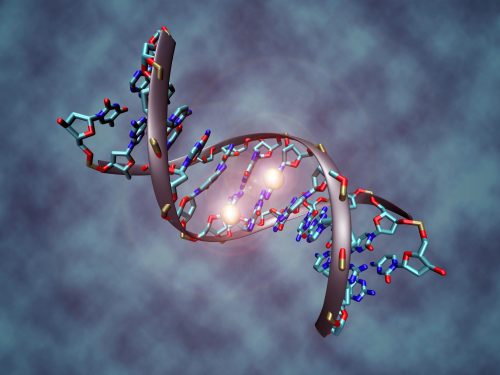“Gone but not forgotten;” an epithet that applies to Lonesome George, the giant tortoise, and his newly-extinct species. In 2012, Lonesome George died as the last member of Chelonoidis abingdonii, at the ripe old age of 100. Galapagos tortoises are among the longest-lived vertebrate organisms, and researchers have long been curious about which specific factors contribute to their long lives. In Lonesome George’s case, the main research to examine tortoise longevity began after his death. “We were at the point in which it would have been very useful for us to have a whole genome, [to give] better information of how polymorphisms of different species are distributed,” said Adalgisa Caccone, a senior research scientist in Yale’s Ecology and Evolutionary Biology Department and director of the Center for Genetic Analysis of Biodiversity. After Lonesome George’s death in 2012, Caccone worked with colleagues at the Galapagos National Park Service, the Galapagos Conservancy, and the University of Oviedo to sequence his entire genome from a blood sample. With the full code of Lonesome George’s genome, the research team could begin making cross-species comparisons with smaller DNA sequences coded from several related tortoise species.
In particular, Caccone and her research colleagues wanted to investigate variants linked to longevity in other species, which affected functions such as DNA repair, inflammation, and cancer development. The team had previously identified nine major “hallmarks of aging” in humans, and found variants affecting six of these “hallmarks” in the elderly tortoise’s genome–variants which are not found in the DNA of shorter-lived tortoise species. Of particular interest were a group of enzyme variants that seemed to offer protection against the sequence of protein activation which causes Parkinson’s disease. However, interpreting the meaning of variant changes within DNA is difficult. “It’s one thing to produce a genome, [and another] to annotate it, [and to] to know the function of a particular gene,” Caccone said. Traits are controlled by multiple genes which interact in multifaceted ways, and isolating the effect of a single variant can prove especially challenging. Although genome analysis reveals many variants, there is no easy way to map their functions; what is found are potential associations. And even in forming these associations, it is not clear from one genome alone whether a change is associated with longevity more broadly or effects in an individual organism.
The first step towards identifying a variant’s function comes through cross-species comparisons. The research team had partial DNA samples of multiple individuals from related species of long-lived tortoises, which they compared to the full genome of Lonesome George. “Using this comparative approach, we can identify the hallmarks among all these genes, [and] eventually carry out functional studies on other organisms…to see if the [variants] have any associations with disease [or] longevity,” Caccone explained. Additionally, cross-species comparisons can allow the researchers to rule out the importance of changes which are not shared between species to longevity. The variants most likely to have functional significance should be those disproportionately present within the genomes of both Lonesome George and other Giant Galapagos tortoise species, all of which are long-lived.
In addition to studying longevity, Lonesome George’s genome could also help with tortoise conservation. An effort is already underway to bring back extinct Galapagos tortoise species. “The Lonesome George genome is helping us is to identify molecular markers that are diagnostic for each species,” Caccone said. In previous research using DNA analysis, she discovered tortoises living on Galapagos islands that were actually genetic hybrids between the local species and an extinct one. The hybrids arose when early mariners brought tortoises with them for meat, and occasionally dropped them at random islands if the ship’s hold was too full. Caccone is helping the Galapagos National Park to start a breeding program that crosses these hybrids with each other to produce offspring more closely related to the original extinct species, the first breeding program of this type. The eventual goal is to release the tortoises’ offspring back onto the islands of their species’ origins.
The sequencing of Lonesome George’s genome has given rise to many exciting potential associations, but the search for which variants actively contributed to his long life has just begun. With a group of potential associations and the sequences of other species, the secret to tortoises’ longevity will become clearer over time. Lonesome George may have died as the last member of his species, but discoveries from his genes can help us both to understand his long life, and perhaps even bring another extinct species back to their home island.

